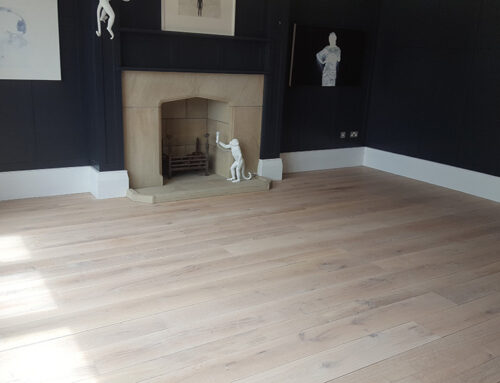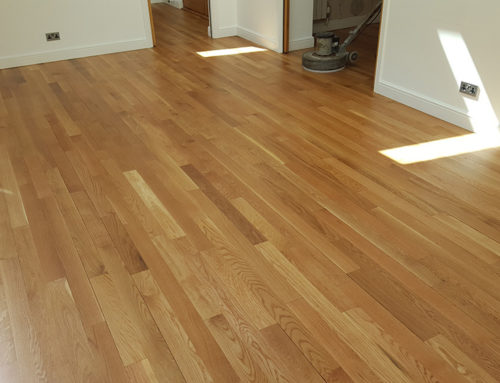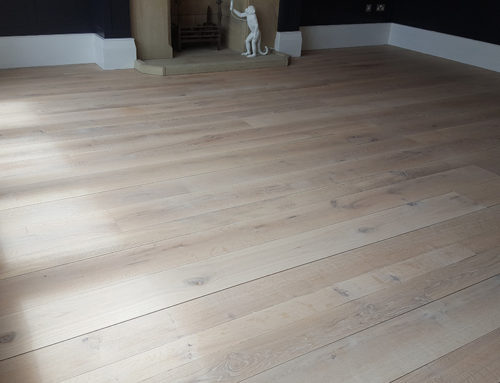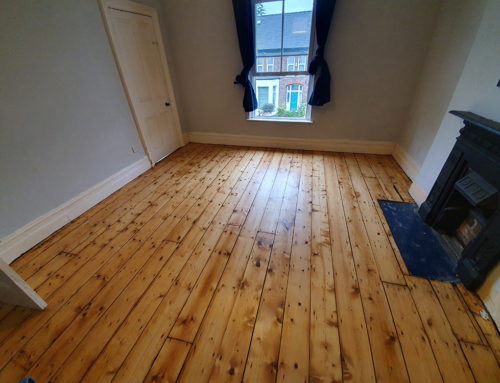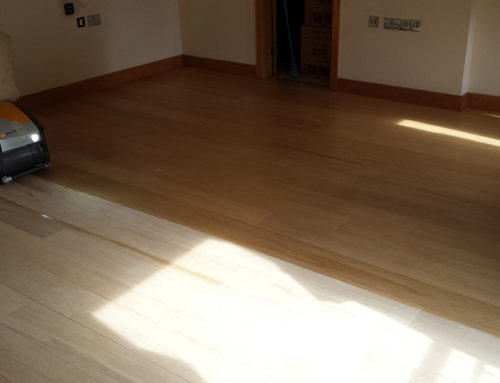Looking for help restoring hardwood floors? Unlike some hardwoods, oak continues to be relatively abundant. Most oak floors are solid wood. One advantage of solid boards over engineered alternatives is that they can be sanded and refinished several times. There is no need to worry about wearing off the veneer. Defects like curling and warping can also corrected by sanding aggressively. Refinishing is hard work, but it is the only way to restore a damaged floor to “as new” condition.
The traditional methods of floor sanding created a large amount of dust. Therefore, in preparation it was imperative to cover doors and windows. The technologies have advanced considerably from this. Best-served professionals are now equipped to offer dust free floor sanding. Virtually no dust is created throughout the process and it offers a superior finish.
Restoring Hardwood Floors – The Process:
In preparation, it is important to clean the floor with a hardwood floor cleaner. It needs to be free of wax. Fill gaps and cracks before sanding. It is easier to spread the filler over the old finish than over bare wood. An efficient method is to thin latex filler with water until it is pourable and spread it with a grouting float.
 Sanding an oak floor primarily involves the use of two heavy machines. A drum sander and an edger. It requires a certain amount of skill. The drum sander, which is used for the bulk of the floor, wears about 1/16 inch of wood off the wood on each pass. Although the machine is usually run along the flooring, some professionals make diagonal passes. This is done with coarse paper to level a severely warped floor. The edger, a heavy disk sander, sands many areas that the drum sander cannot reach. A floor scraper and palm sander is then needed for corners and other tight spaces.
Sanding an oak floor primarily involves the use of two heavy machines. A drum sander and an edger. It requires a certain amount of skill. The drum sander, which is used for the bulk of the floor, wears about 1/16 inch of wood off the wood on each pass. Although the machine is usually run along the flooring, some professionals make diagonal passes. This is done with coarse paper to level a severely warped floor. The edger, a heavy disk sander, sands many areas that the drum sander cannot reach. A floor scraper and palm sander is then needed for corners and other tight spaces.
Sandpaper with a grit coarser than 60 is not always necessary. It creates deep scratches, so it is wise to limit its use to situations for which it is necessary. These include severely warped or cupped floorboards or a hard finish that does not come off easily. If the floor is level and the finish comes off easily, only two passes with the floor sanders may be needed. One with 80-grit paper and one with 100-grit. A final pass with 120-grit paper leaves the floor exceptionally smooth. But it is optional on oak because small scratches blend with the grain and most finishes fill them.
Finishing Hardwood Floors
Most stains are easy to apply to oak. Always work to a doorway so as not to get stuck in a corner. Use either an oil or water based finish on oak. This should be applied with a weighted floor finish applicator. By dragging the finish along the grain of the wood with the applicator, streaks, bubbles and brush marks are avoided. Two to three coats of finish are usually required. Each coat should be lightly sanded with a floor buffer and a sanding screen before applying the next. This process results in the complete restoration of the hardwood floor.


